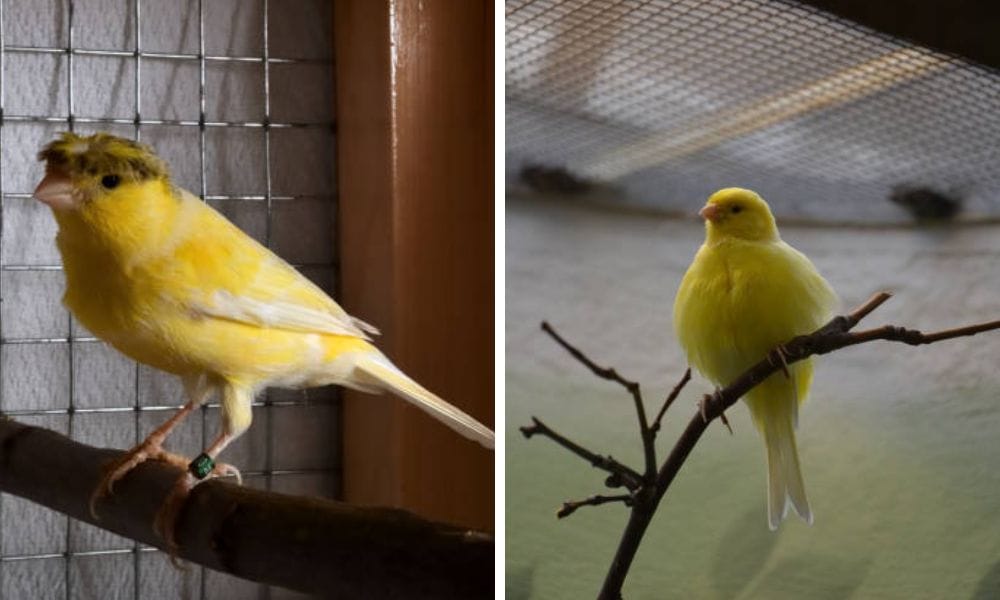The Role of Canary Nest in Canary Breeding: A Comprehensive Guide
Today we're diving deep into the world of canaries and uncovering the truth about their secret love nests and the environment they will breed.

Key Takeaways:
- Understanding the importance of the right canary nest is crucial for successful breeding.
- Location and material of the nest can significantly affect the breeding process and outcomes.
- Proper maintenance and selection of nests lead to healthier canary families.
Breeding canaries is both a rewarding and delicate endeavor that requires attention to many details, one of which is the selection and preparation of the right nest. This guide will delve into the pivotal role that nests play in canary breeding, offering insights and practical advice to ensure your feathered friends have the best possible environment to raise their young.
The Importance of the Right Nest
When it comes to breeding canaries, the nest is not just a place for laying eggs; it's the foundation of a new generation. A well-chosen canary nest provides comfort, security, and influences the birds' willingness to breed. The selection results in a nest that should be conducive to the birds' natural instincts, encouraging them to accept it as their own. It's not just about having a full page of options; it's about understanding which style suits your canaries best.
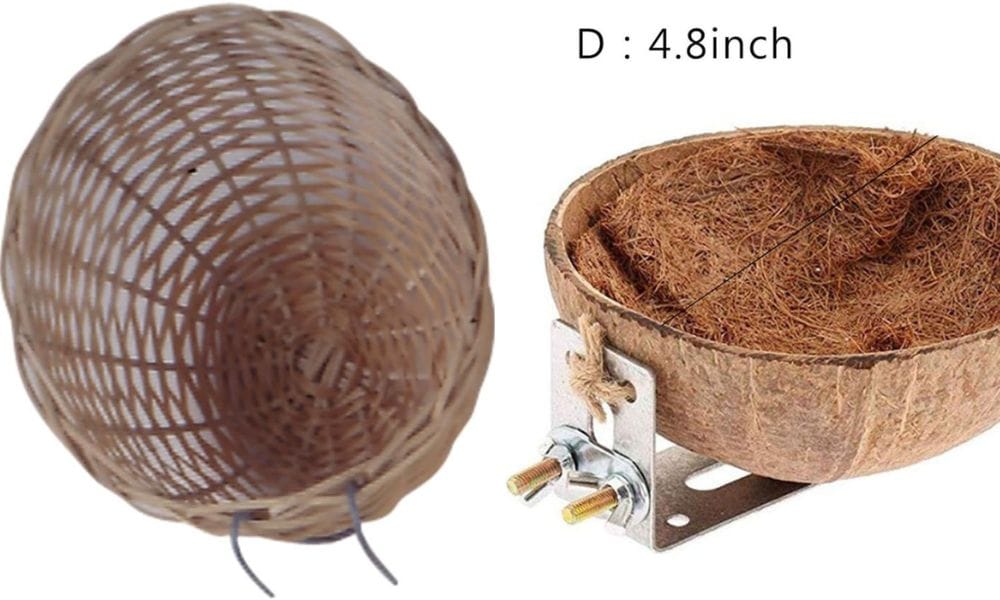
Nest Location Matters
The location of the canary nest within the cage is a decision that should not be taken lightly. It should be placed in a quiet, sheltered part of the cage, away from drafts and direct sunlight. This strategic placement ensures that the birds feel safe and undisturbed, which is essential for successful breeding. Remember, the location you choose can either invite your canaries to settle in or prompt them to search for a better spot, so take the time to get it right.
Choosing the Right Material
Canaries are not one-size-fits-all birds, and neither are their nests. From bamboo to metal, the material of the nest can greatly affect the breeding process. Bamboo nests, for example, are often sold as they mimic the natural environment and are generally accepted by the birds. Metal nests, on the other hand, are durable and easy to clean but may require a cozy liner to make them more inviting.
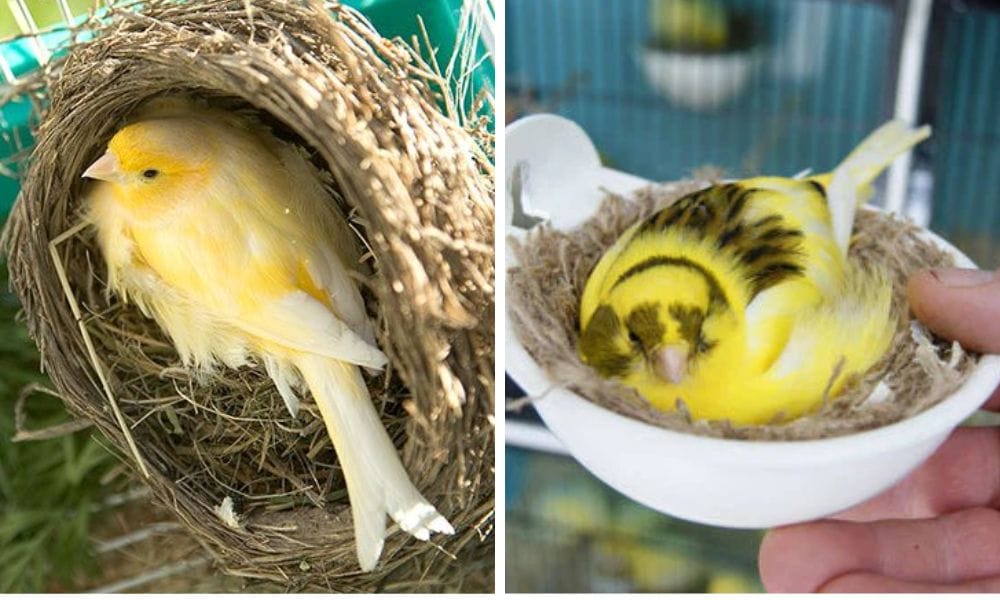
Nest Maintenance is Key
Once you've added the perfect nest to your canary's cage, maintenance is the next crucial step. Regularly check the nest to ensure it's clean and free from parasites, which could harm the birds and their offspring. Refresh the nest material as needed, and be prepared to replace it entirely if it becomes soiled or damaged. A clean nest is a sign of a healthy canary family.
Encouraging Nesting Behavior
Sometimes canaries need a little encouragement to start the breeding process. Adding soft materials like cotton or shredded paper can entice them to begin building their nest. Observing your birds' behavior will give you a clear comment on their readiness to breed. If they start to carry materials around the cage, it's a good sign that they're ready to settle down.
When to Save or Change the Nest
After a successful breeding season, you might wonder whether to save the nest for the next round or start fresh. If the nest is in good condition, simply removing the old material and adding new can help save time and resources. However, if there's any sign of wear or contamination, it's best to stock up on new nests to ensure the health and safety of your canary family.
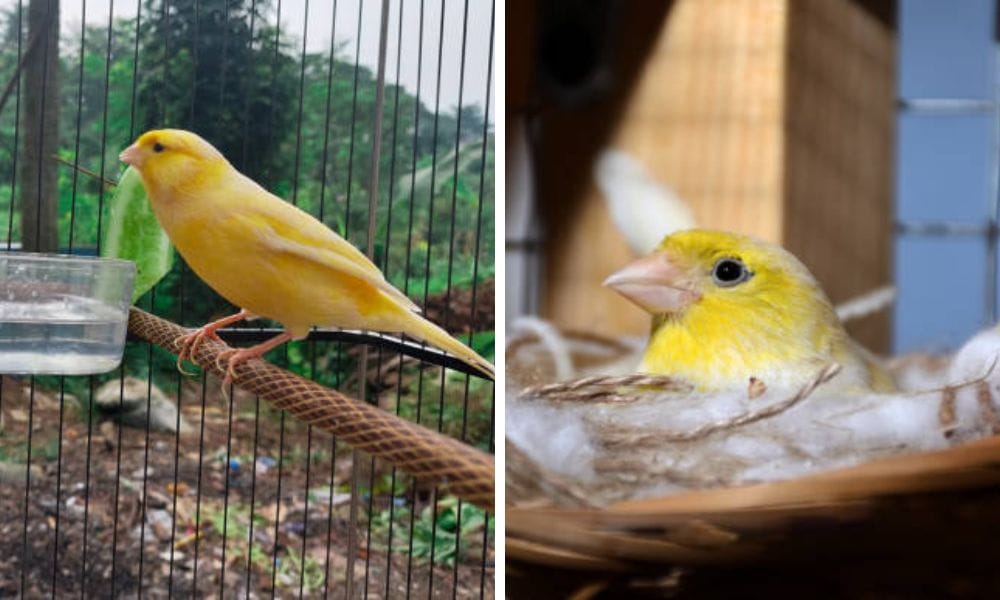
Summary
The role of nests in canary breeding is multifaceted, impacting everything from the comfort and security of the breeding pair to the health of the offspring. By selecting the right nest, placing it in the optimal location, choosing suitable materials, maintaining cleanliness, and understanding when to refresh or replace the nest, breeders can significantly increase their chances of a successful breeding season. Remember, the nest is where your canary's family begins, so give it the attention it deserves.
If you are looking for the best canary nest, we have put together our blog about top 3 canary nest below and it to your amazing wish list.
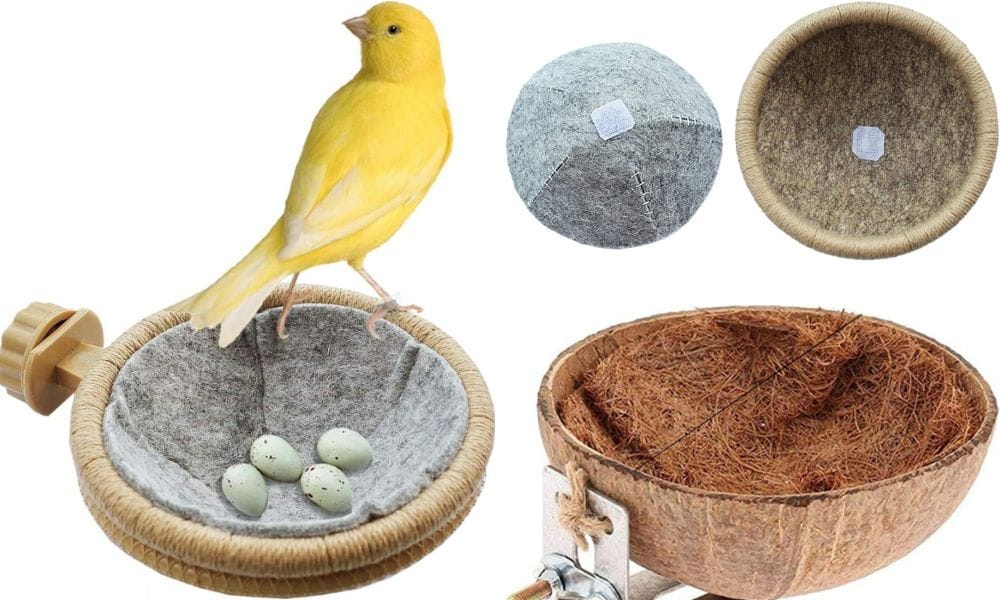
FAQ Section
Q: What is the best material for a canary nest? A: Bamboo is often a preferred material because it is natural and generally accepted by canaries. However, the best material can vary depending on your birds' preferences. It's important to review your options and understand what works best for your canaries.
Q: How often should I replace the nest material? A: Replace the nest material whenever it becomes soiled or wet to ensure a clean environment for the canaries. After the breeding season, it's advisable to completely refresh or replace the nest to prepare for the next cycle.
Q: Can I use a metal nest for breeding canaries? A: Yes, metal nests can be used for breeding canaries, but they may need to be lined with soft materials to make them more comfortable. Always ensure that the nest style you choose is one that your birds will accept and use willingly.
